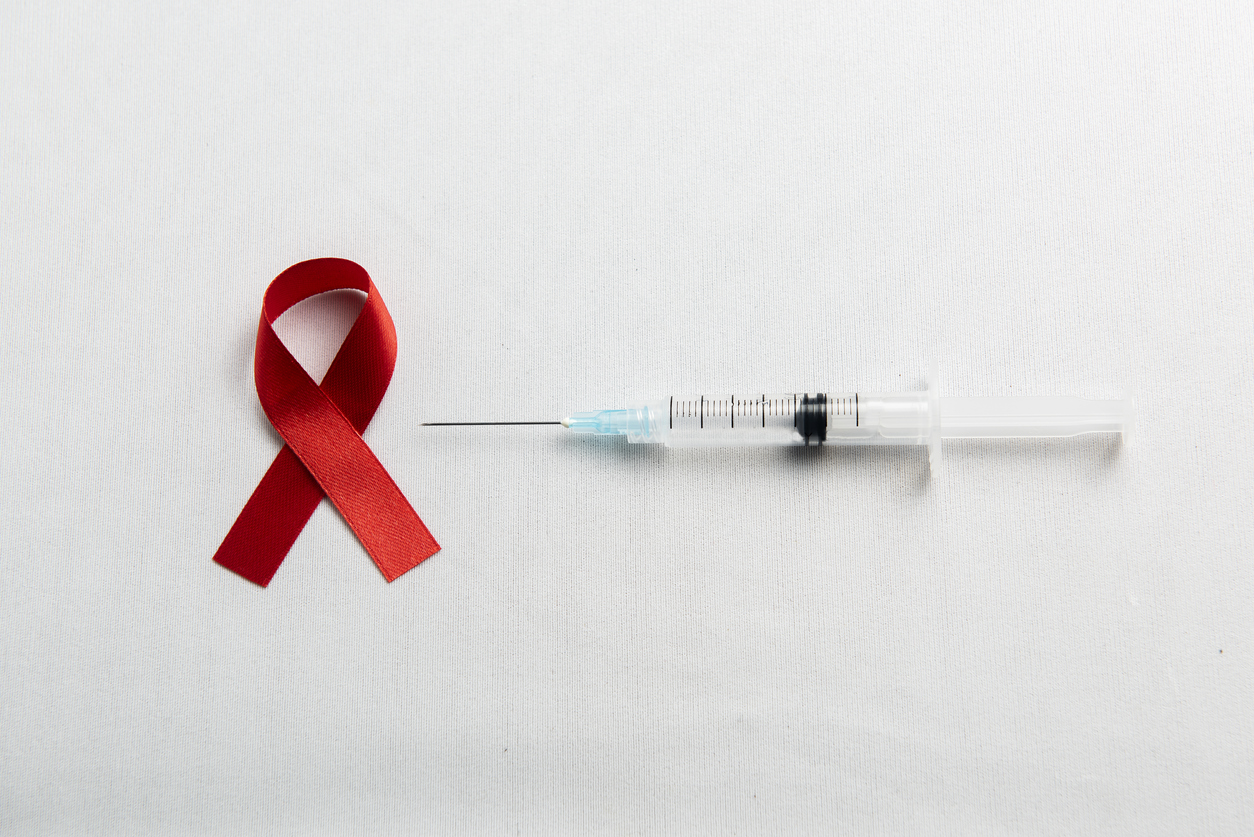2025-08-13
Move to sleep better?
Others Public Health and Social Medicine
By Ana Espino | Published on August 13, 2025 | 2 min read
#AlcoholUseDisorder #AUD #Sleep #PhysicalActivity
Alcohol Use Disorder (AUD) is a chronic condition characterized by excessive and persistent alcohol consumption, often accompanied by severe disruptions in sleep and circadian rhythms. These disturbances are common and can persist even after alcohol withdrawal, reducing quality of life, hindering recovery, and greatly increasing the risk of relapse.
Currently available pharmacological treatments for improving sleep in AUD have limited efficacy and carry potential risks of adverse effects or drug interactions. Meanwhile, non-pharmacological approaches specifically tailored to this population remain underexplored and lack robust evidence. The main challenge lies in identifying safe, effective, and easily implementable strategies capable of improving both the quality and quantity of sleep—and by extension, reducing relapse risk.
It is in this context that the present study was conducted. The objective was to assess the impact of physical activity on sleep parameters in alcohol users, whether abstinent or not, and to identify the methodological gaps that need to be addressed to guide future research.
Could sweating help you sleep better?
This review included 11 studies involving over 41,000 adult alcohol users, with or without AUD. Interventions varied in type, duration, and intensity of physical activity, and sleep outcomes were mostly measured through self-administered questionnaires, sometimes complemented by objective recordings.
Findings show that 81.8% of the studies reported improvements in sleep parameters linked to regular physical activity: reduced insomnia, less sleep fragmentation, and improved sleep quality and/or duration. These effects were observed at various stages of alcohol consumption, including during abstinence, but appeared to depend on both the level of alcohol intake and the intensity of physical activity performed. However, none of the studies had the primary objective of evaluating this specific effect, which limits the precision and robustness of the conclusions.
Moving to break the cycle of insomnia and relapse
AUD is often accompanied by persistent sleep disturbances, feeding a vicious cycle of fatigue, stress, and increased relapse risk. Finding non-pharmacological solutions that are effective, safe, and easy to integrate into comprehensive care remains a major challenge, especially given the limitations of pharmacological approaches in terms of both efficacy and tolerability. This systematic review aimed to assess the impact of physical activity on sleep quality and quantity in alcohol users—whether abstinent or not—while identifying the methodological shortcomings that hinder the development of precise recommendations. Results suggest that physical activity could be a promising therapeutic lever for improving sleep and supporting overall recovery, thus offering a potential avenue to reduce relapse risk. Longer, better-standardized trials, combining both objective and subjective sleep measurements and comparing different physical activity formats, are needed to confirm these findings and establish targeted clinical recommendations that could be integrated into AUD management strategies.
Read next: Depression and abstinence: when alcohol leaves its mark
About the author – Ana Espino
PhD in Immunology, specialized in Virology

Last press reviews
Twice-yearly injections to change the game?

By Ana Espino | Published on December 3rd, 2025 | 3 min read
HIV & young people: what if we changed the rules?

By Ana Espino | Published on December 2nd, 2025 | 2 min read
